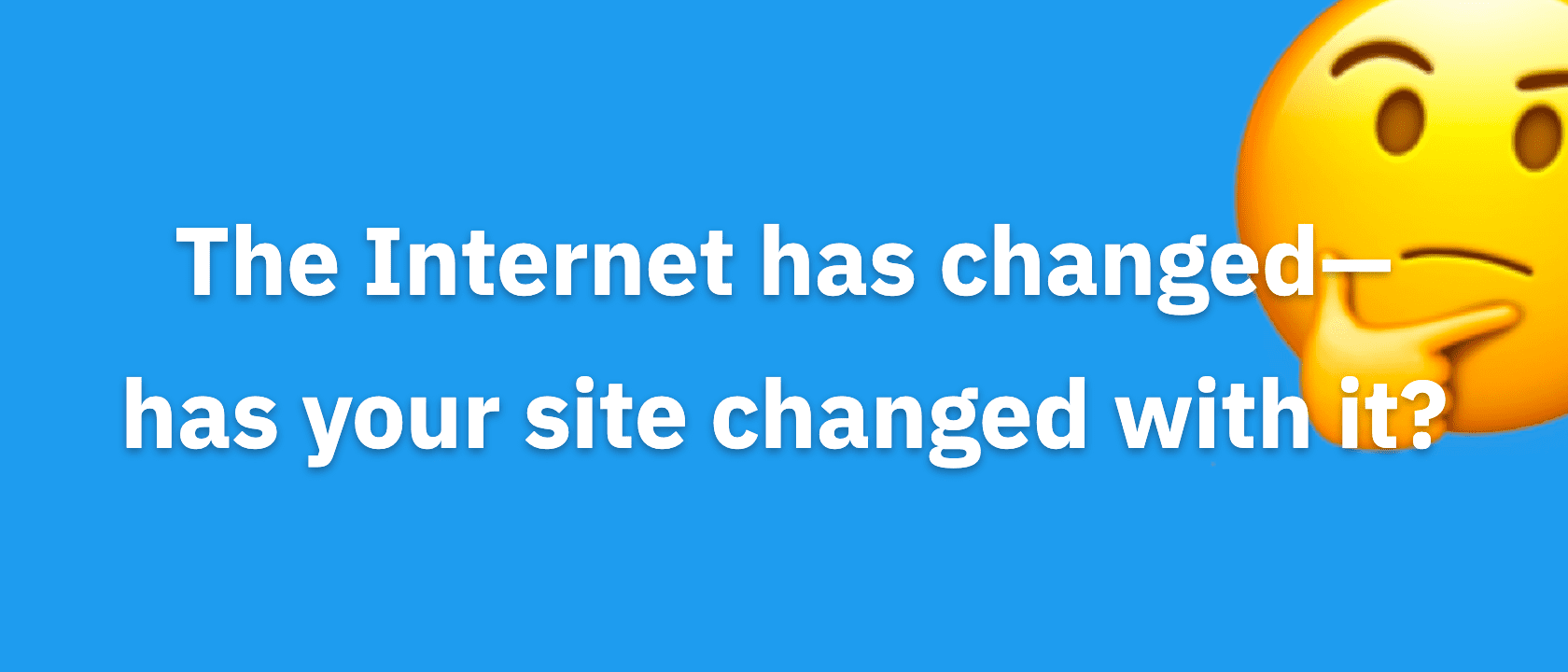
Listen:
If you want people to take action on your site, you need a clearly defined goal for each of your pages and posts.
Question is what goal should you have for each page?
Keep reading.
What’s the Point of Single Post Pages?
This is your “bread and butter.”
When you fire up Google Analytics, you’ll notice that most of your traffic hits your single post pages. Not specific posts, but single post pages as a whole.
Also, you’ll find that most of your traffic hits these pages from links, search engines, or social media.
Keeping that in mind, your single post pages should have one goal: turning random visitors into loyal visitors.
So how do you satisfy that goal?
There’s 3 steps:
1. First, make sure you have enough email sign-up forms on your site. In general, you want one above your sidebar, at the bottom of your article, and maybe one in your footer or a small feature box.
2. Make sure you interlink related articles WITHIN your content. Not only is it good for SEO, it’s also good for keeping visitors on your site. (If you’re wondering, a list of related posts after your article completes just isn’t good enough anymore).
3. Create one key action, that in the best case scenario, you want every single visitor to take.
For example, here on DIYthemes, we use the Hello Bar to promote the free ebook Nonverbal Website Intelligence. It’s our main action because visitors must trade their email for an ebook.
Here’s the Real Goal of Your Home Page
Here’s where most people mess their web design up.
Yes, your home page should highlight your newest content, but think about who visits your home page…
If you, again, fire up analytics, you’ll notice that most people click to your home page from your single post pages (they are your most popular pages after all).
What does that mean? It means you’re dealing with random people who got a little warmer because they’re clicking around your site.
And that’s why I’m extremely aggressive with lead capture on my home page at Social Triggers. I use the big feature box, which is built into Thesis, and it converts extremely well.
I know this goes against the grain, a bit, because people often say “well, what if my loyal visitors just type my domain name into their address bar each day?”
And that’s true…
But I treat my website very simply. I want people to visit my site, get value, and give me their email. Then I maintain and build the relationship through email (not blog comments).
How to Make Category / Archive / Tag Pages Work Well
By now you’ve noticed a trend.
Each page of your site should convert visitors into loyal visitors (which really means email addresses).
And Category / Archive / Tag pages are no different.
But there’s an added benefit:
WordPress category pages are GREAT for SEO when you use them right. Add introductory content, an email sign-up form, and then list all of your posts, and you’ll be set.
Then, you can funnel traffic to your category pages by linking to them within your content. You can also link your category pages when you do guest posts on other blogs.
But there’s one more goal for these pages:
You want these pages to feel like complete resources. You want people to visit these pages, and feel like they’ve learned everything they can learn about that specific category.
Or more importantly, everything they can learn about that category, and why you’re the #1 source for information on that category.
That’s why you need both introductory content and lots of articles. Refrain from using categories that only have a few posts in them. Instead focus on building categories with 10 or more posts in each category (or more).
